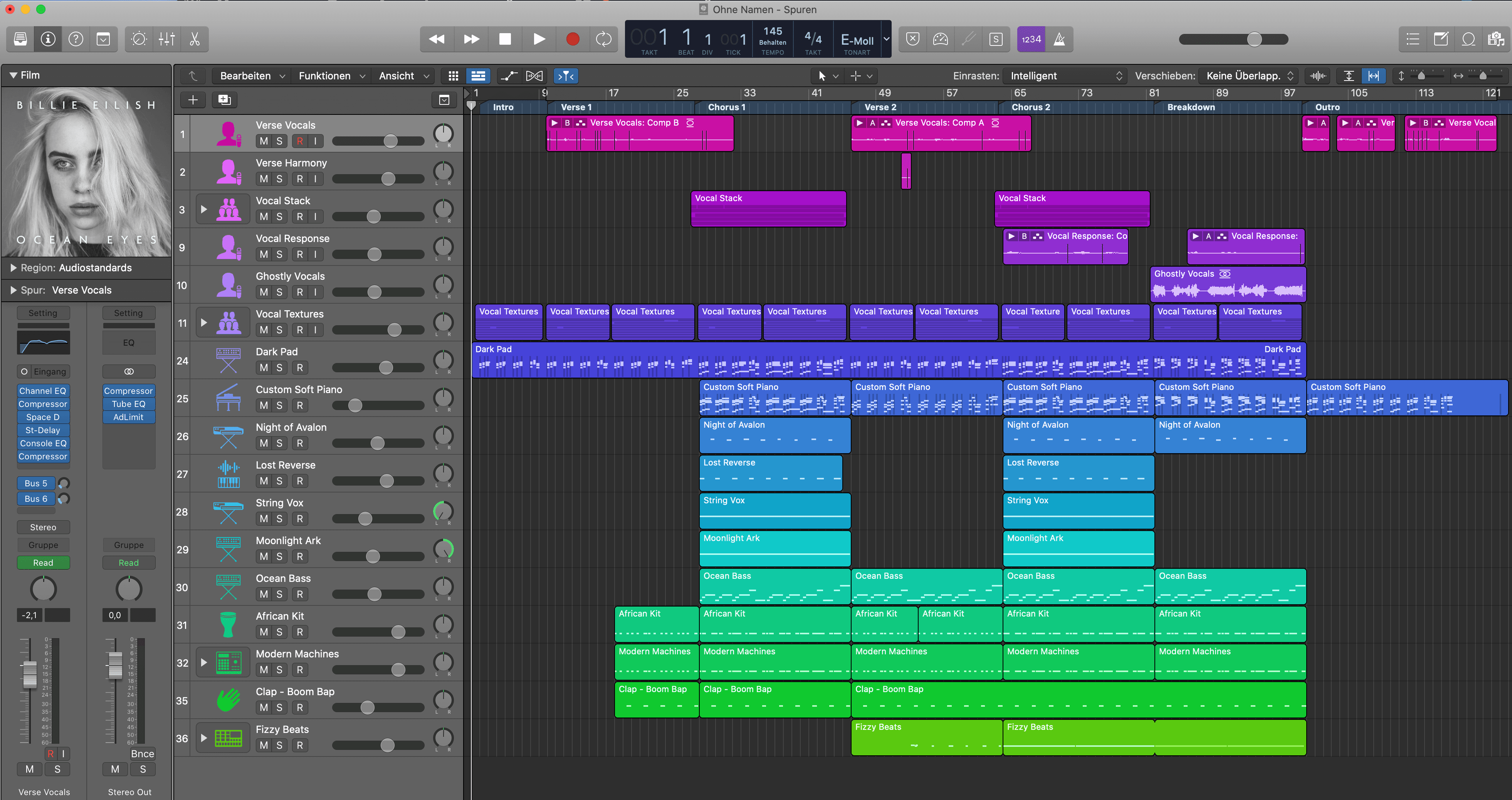
Histories make men wise poets, witty the mathematics, subtle natural philosophy, deep moral, grave logic and rhetoric, able to contend.Removing words that still can be understood by the context of the remaining words is ellipsis. The zeugma is created in both the original and the translation by removing the second and third instances of "conquered". The verb "conquered" is a common element in each clause. The more usual way of phrasing this would be "Lust conquered shame, audacity conquered fear, and madness conquered reason." The sentence consists of three parallel clauses, called parallel because each has the same word order: object, verb, subject in the original Latin subject, verb, object in the English translation. "Lust conquered shame audacity, fear madness, reason." Vicit pudorem libido timorem audacia rationem amentia.The Oxford Dictionary of Literary Terms offers a much broader definition for zeugma by defining it as any case of parallelism and ellipsis working together so that a single word governs two or more other parts of a sentence. The opposite process, in which the first noun expresses a figurative meaning and the second a more literal meaning, tends to create a comic effect: "and she feeds me love and tenderness and macaroons." ( The Stampeders, " Sweet City Woman") "The boy swallowed milk and kisses," as contrasted with "The boy swallowed kisses and milk".When the meaning of a verb varies for the nouns following it, there is a standard order for the nouns: the noun first takes the most prototypical or literal meaning of the verb and is followed by the noun or nouns taking the less prototypical or more figurative verb meanings. " Quand les Français à tête folle / S'en allèrent dans l'Italie, / Ils gagnèrent à l'étourdie / Et Gênes et Naples et la Vérole." ( Voltaire).”My blood sugar fell dramatically and so did I.”( Elaine Stritch, “ Elaine Stritch at Liberty”)."I took the podium and my second trophy of the evening." ( Samuel R."You held your breath and the door for me." ( Alanis Morissette, " Head Over Feet")."He watches afternoon repeats and the food he eats." ( Blur, " Country House").


"They covered themselves with dust and glory." ( Mark Twain)."She lowered her standards by raising her glass / Her courage, her eyes and his hopes."When he asked 'What in heaven?' she made no reply, up her mind, and a dash for the door." ( Flanders and Swann, " Have Some Madeira M'Dear")."Miss Bolo went straight home, in a flood of tears and a sedan-chair." ( Charles Dickens, The Pickwick Papers, Chapter 35)." Here Thou, great Anna! whom three Realms obey,ĭost sometimes Counsel take – and sometimes Tea." ( Alexander Pope, The Rape of the Lock, Canto III).Example: "He took his hat and his leave." The type of figure is grammatically correct but creates its effect by seeming, at first hearing, to be incorrect by its exploiting multiple shades of meaning in a single word or phrase. Zeugma (often also called syllepsis, or semantic syllepsis): a single word is used with two other parts of a sentence but must be understood differently in relation to each. Logically, they "saw" only the lightning. "When the people saw the thunder and lightning and heard the trumpet and saw the mountain in smoke, they trembled with fear.Sometimes the "error" is logical, rather than grammatical: Read in this way, the conjunction is not ungrammatical. On the other hand, Tennyson's two sentences could be taken to deploy a different figure of speech, namely "ellipsis". It is ungrammatical from a grammarian's viewpoint, because "works" does not grammatically agree with "I": the sentence "I works mine" would be ungrammatical. "He works his work, I mine" ( Tennyson, " Ulysses").However, such solecisms are sometimes not errors but intentional constructions in which the rules of grammar are bent by necessity or for stylistic effect. īy definition, grammatical syllepsis will often be grammatically "incorrect" according to traditional grammatical rules.

Grammatical syllepsis (sometimes also called zeugma): where a single word is used in relation to two other parts of a sentence although the word grammatically or logically applies to only one. This article categorizes these two figures of speech into four types, based on four definitions: In current usage, there are multiple and sometimes conflicting definitions for zeugma and syllepsis.


 0 kommentar(er)
0 kommentar(er)
